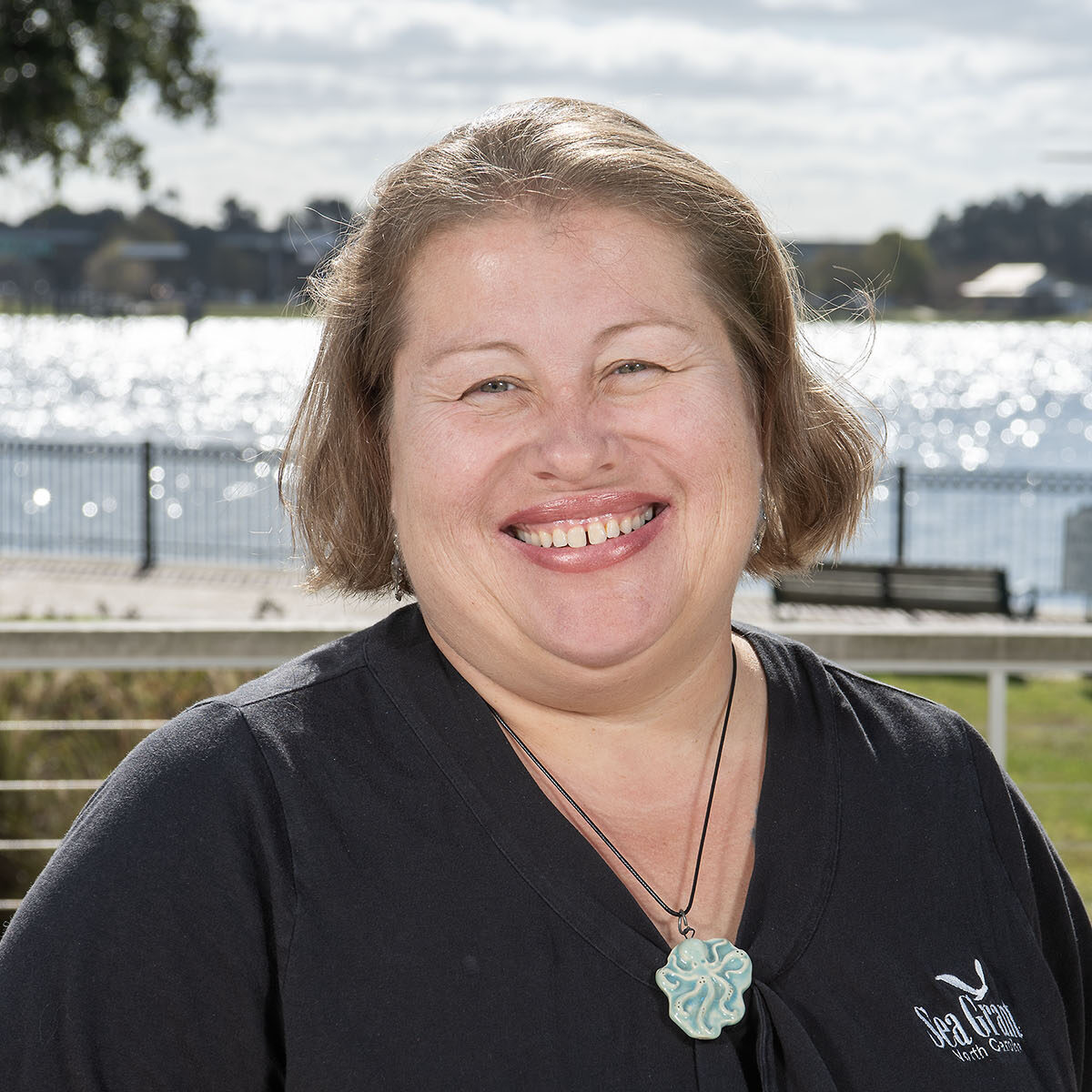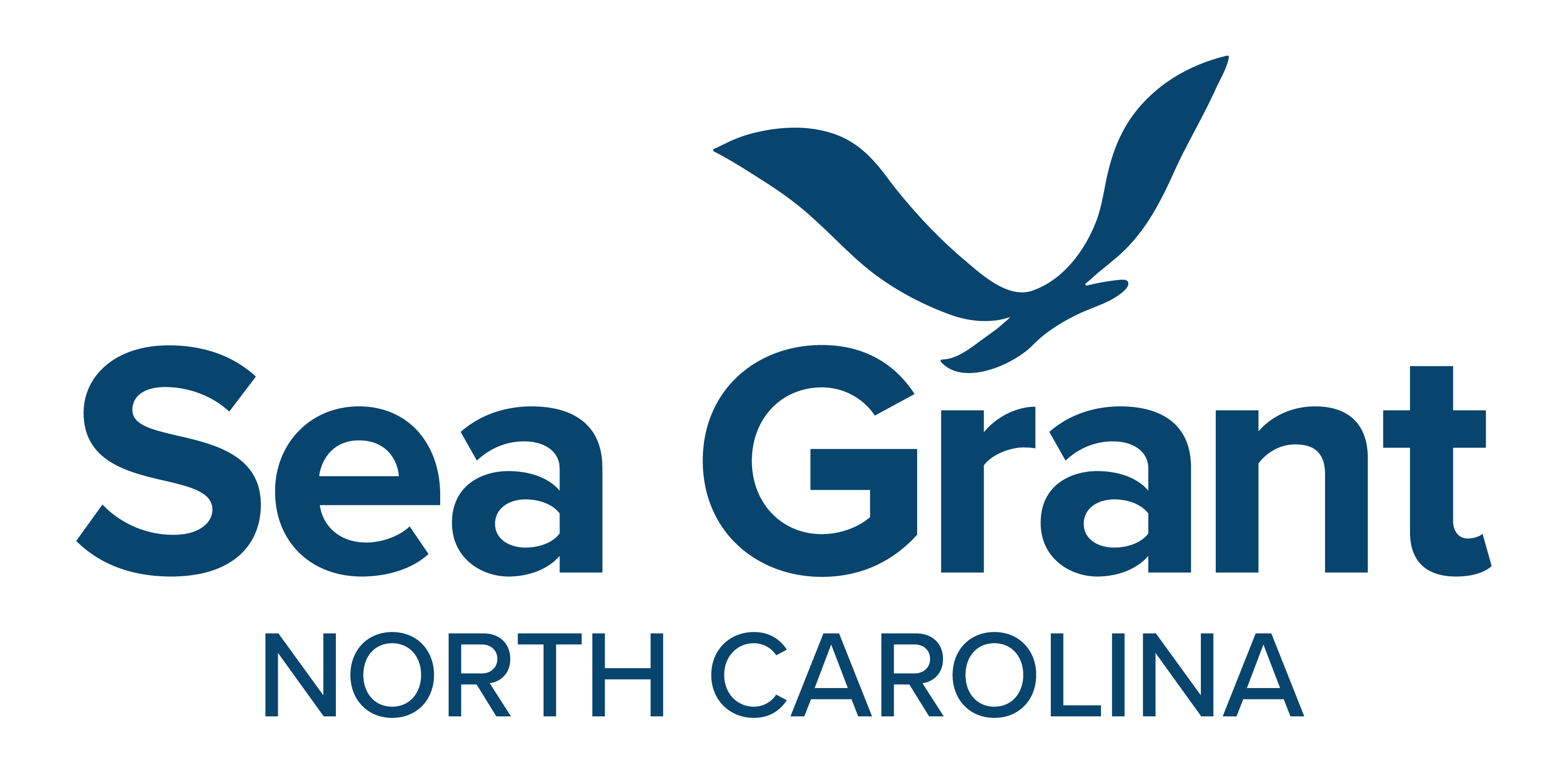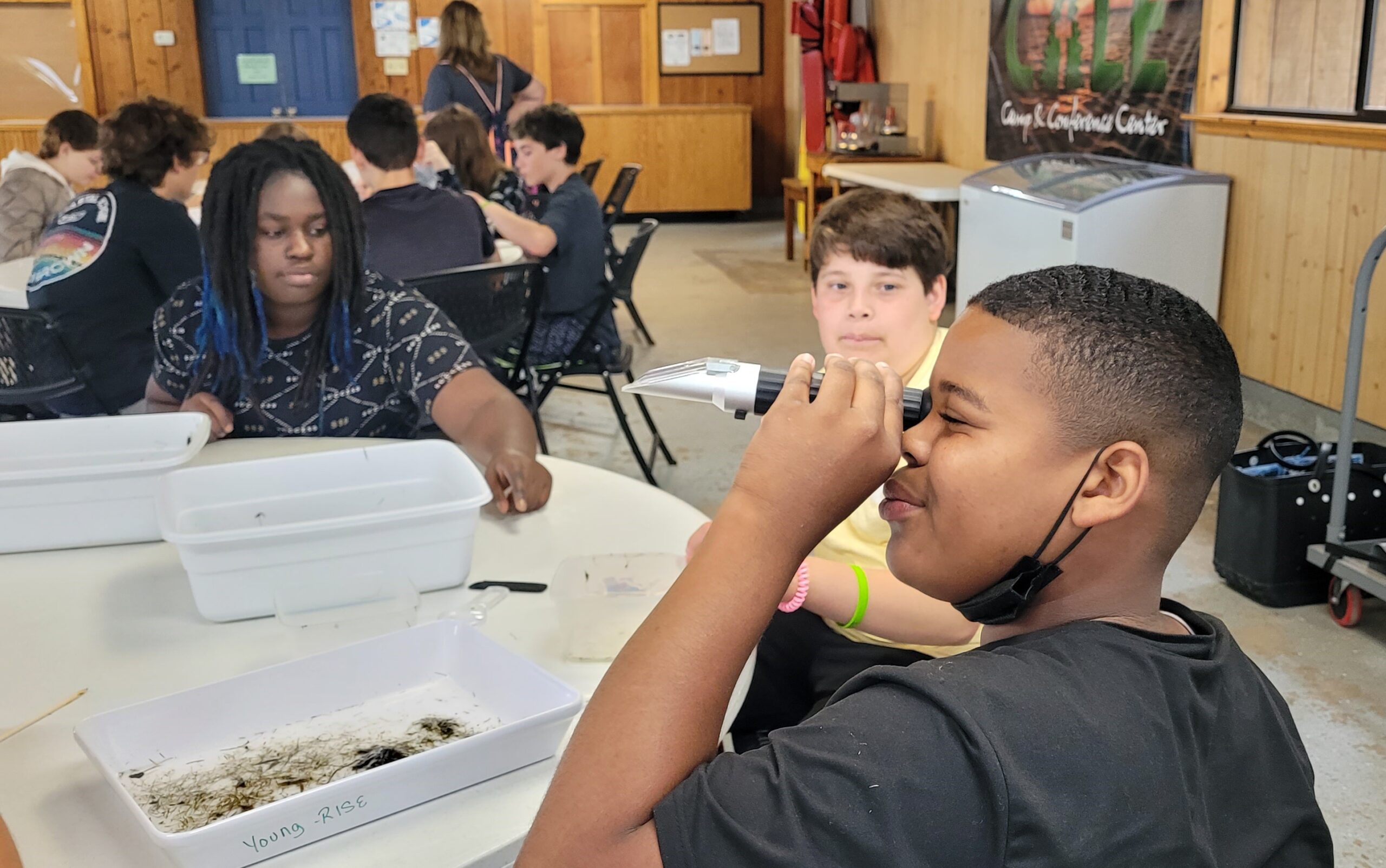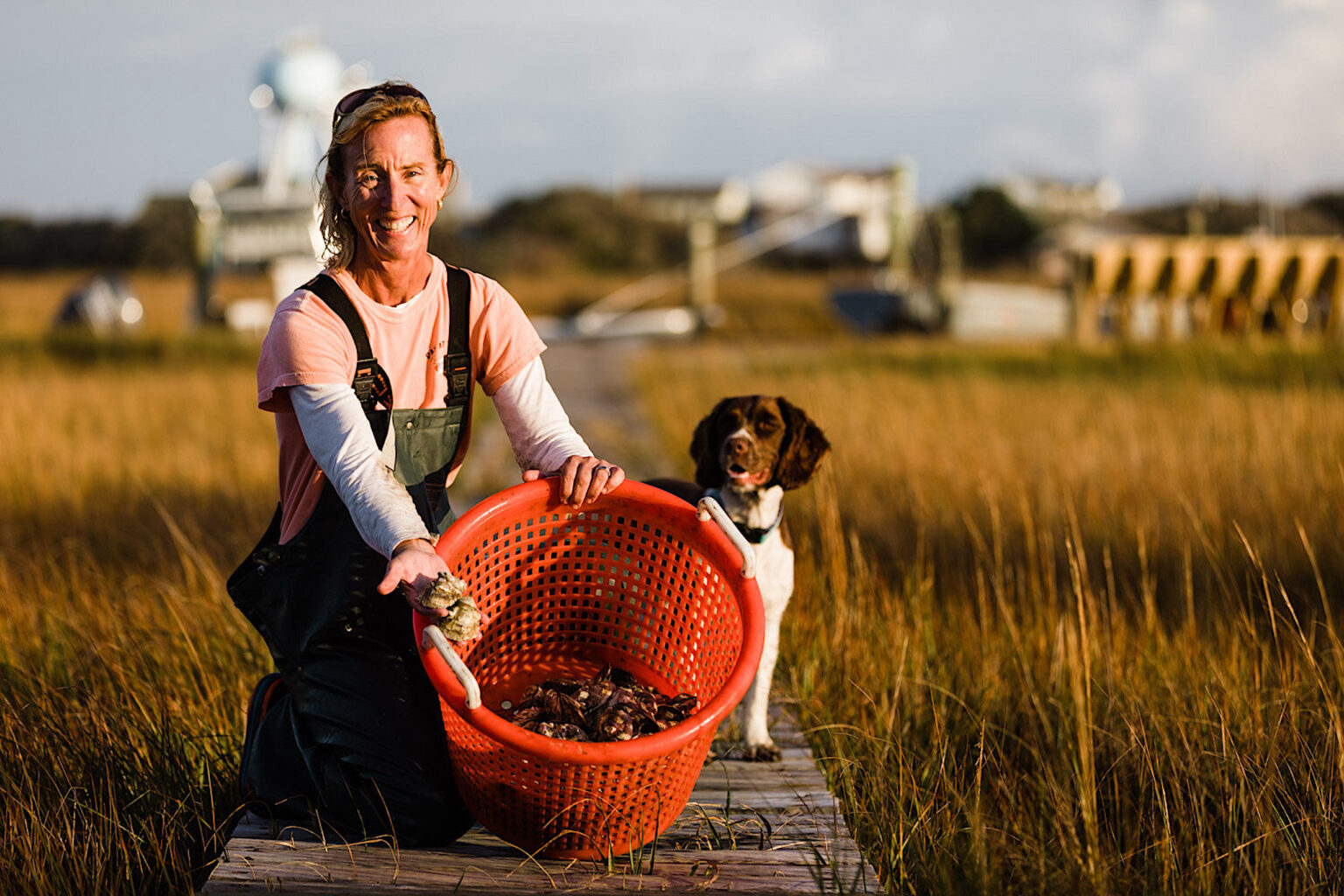Education and Outreach
NC Sea Grant provides an array of environmental education resources and workshops catering to students and teachers across the state.
Want a classroom visit?
Dr. Erika Young will visit your classroom, from K-12 and beyond, to engage in any pre-approved lesson on biology, zoology, and marine biology. She will also attend day camps, homeschool groups, Boys and Girls Club events, and more.
If you’re a classroom teacher interested in incorporating more coastal ecology content into your class, reach out to education specialist Erika Young at erika_young@ncsu.edu.






